lukio
Well-Known Member
LOL! 4x the yield bruh, at 3x the priceyeah 'cause you finally gave them the spectrum they needed. red blue and GREEN. that's some NASA shit right there m8.
 haters gna hate.
haters gna hate.LOL! 4x the yield bruh, at 3x the priceyeah 'cause you finally gave them the spectrum they needed. red blue and GREEN. that's some NASA shit right there m8.
 haters gna hate.
haters gna hate.Burple goes the Rasta? No way.... i dont believe it.yeah 'cause you finally gave them the spectrum they needed. red blue and GREEN. that's some NASA shit right there m8.
I didn't write transpiration is inefficient, its just that lost water cannot be turned into biomatter anymore - thus, excessive transpiration causes lost opportunities.No transpiration is mother natures most efficient cooling system, even humans and big industry use similar energy transport water cooling systems due to their high efficiency.
Yes, I do agree, but if photoreceptors are already in a state of too much photonic influx I don't see how additional IR is helping that at all...? It just makes matters more worse.At a certain ligh saturation too much heat is generated and cannot be dispersed which is infinitly more damaging than ir which is easily budgeted for.
That's irrelevant. The question in charge is if it's helpful or not under a specific condition.Ir is natural
It's because heat drives chemical reactions/encymatic processes, or, in a broader sense, biological metabolism. Once 25°C are reached, Cannabis is fine and you gain no further profit from additionally transpiring water. Let the water stay in that place where it's needed to form biomatter. Everytime that happens new molecules instantly fill that spot. Over 30°C leave temperatur the rate of photosynthesis will shrink and completely decline at 50°C.Leds falsley say to increase air temps to make up for lack of natural spectrum warmth,
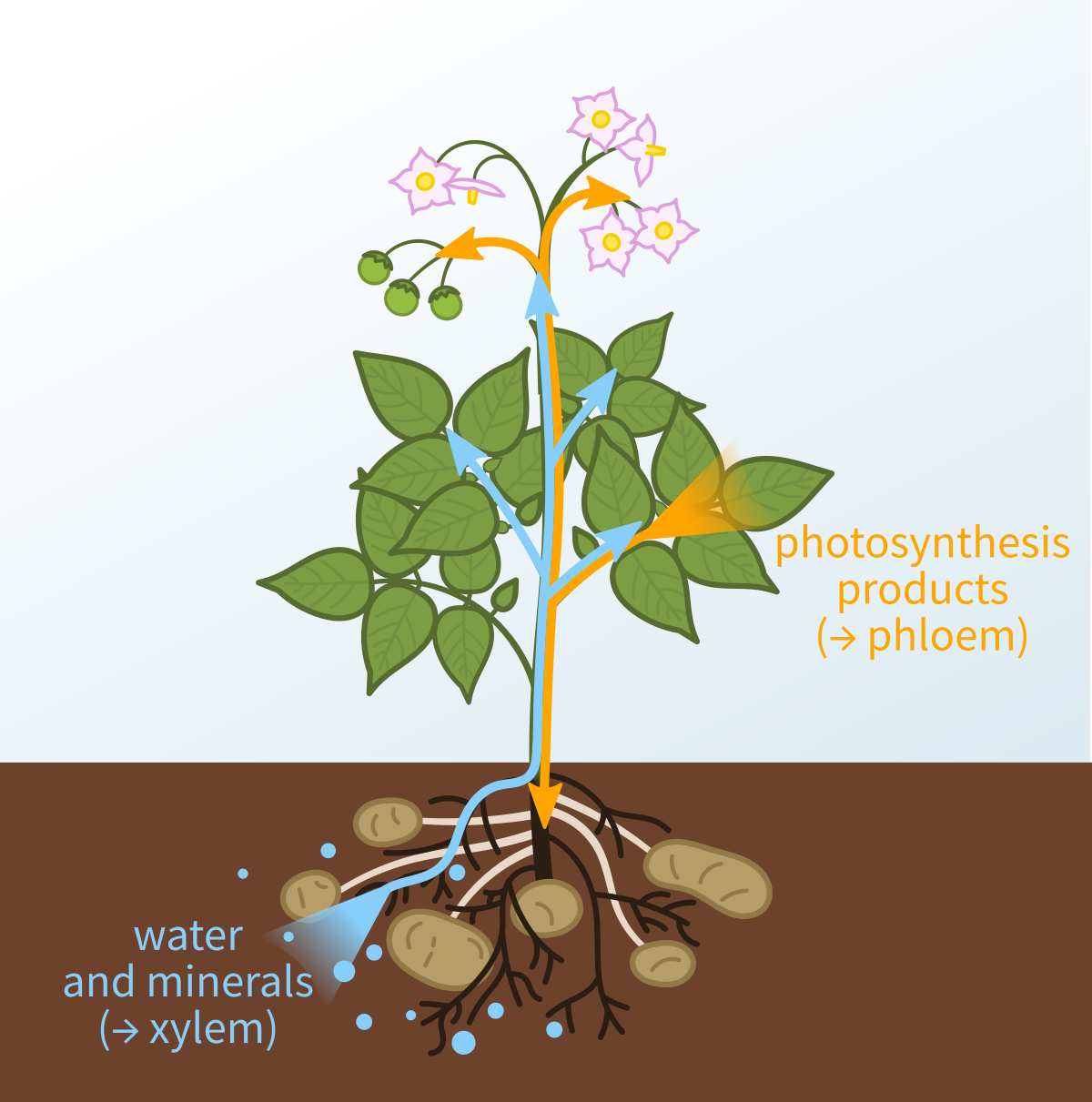
 en.wikipedia.org
en.wikipedia.org
nah same EC, man, i dont think plant size really matters.How you do it at 1 ec is beyond me? NM, smaller the plant, lower the EC.
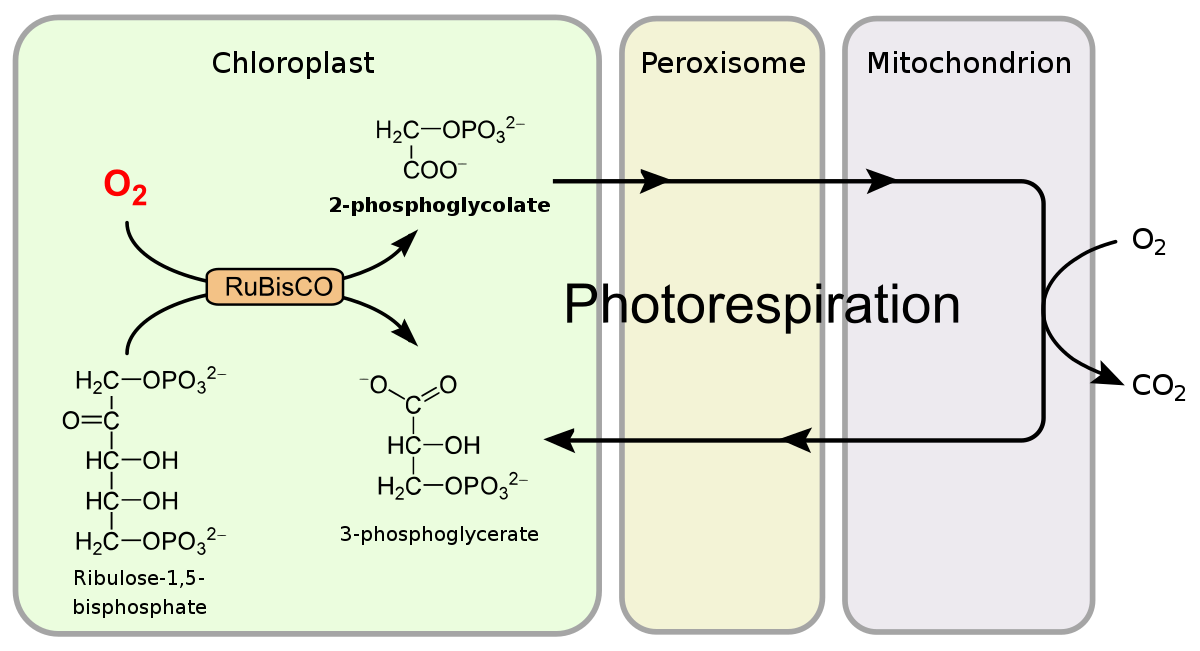
 en.wikipedia.org
en.wikipedia.org
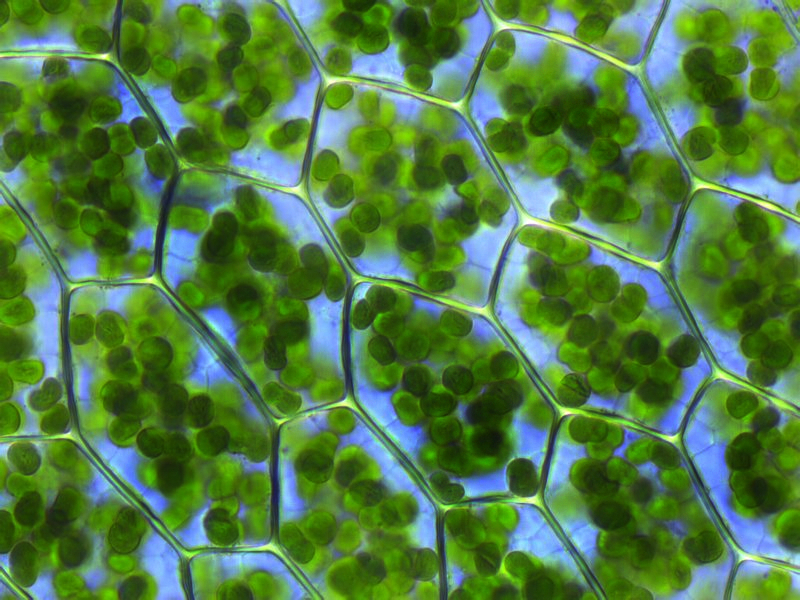
 de.wikipedia.org
de.wikipedia.org
| Pflanzentyp | Mindesttemperatur | Temperaturoptimum | Temperaturmaximum |
| C4-Pflanze | 5 bis 7 °C | 35 bis 45 °C | 50 bis 60 °C |
| C3-Pflanze | −2 bis 0 °C | 20 bis 30 °C | 40 bis 50 °C |
| Sonnenpflanze | −2 bis 0 °C | 20 bis 30 °C | 40 bis 50 °C |
| Schattenpflanze | −2 bis 0 °C | 10 bis 20 °C | 40 bis 50 °C |
| Immergrüne tropische Laubbäume | 0 bis 5 °C | 25 bis 30 °C | 45 bis 50 °C |
| Laubbäume gemäßigter Breiten | −3 bis −1 °C | 15 bis 25 °C | 40 bis 45 °C |
| Nadelbäume | −5 bis −3 °C | 10 bis 25 °C | 35 bis 40 °C |
| Flechten | −15 bis −10 °C | 5 bis 15 °C | 20 bis 30 °C |

 de.wikipedia.org
de.wikipedia.org
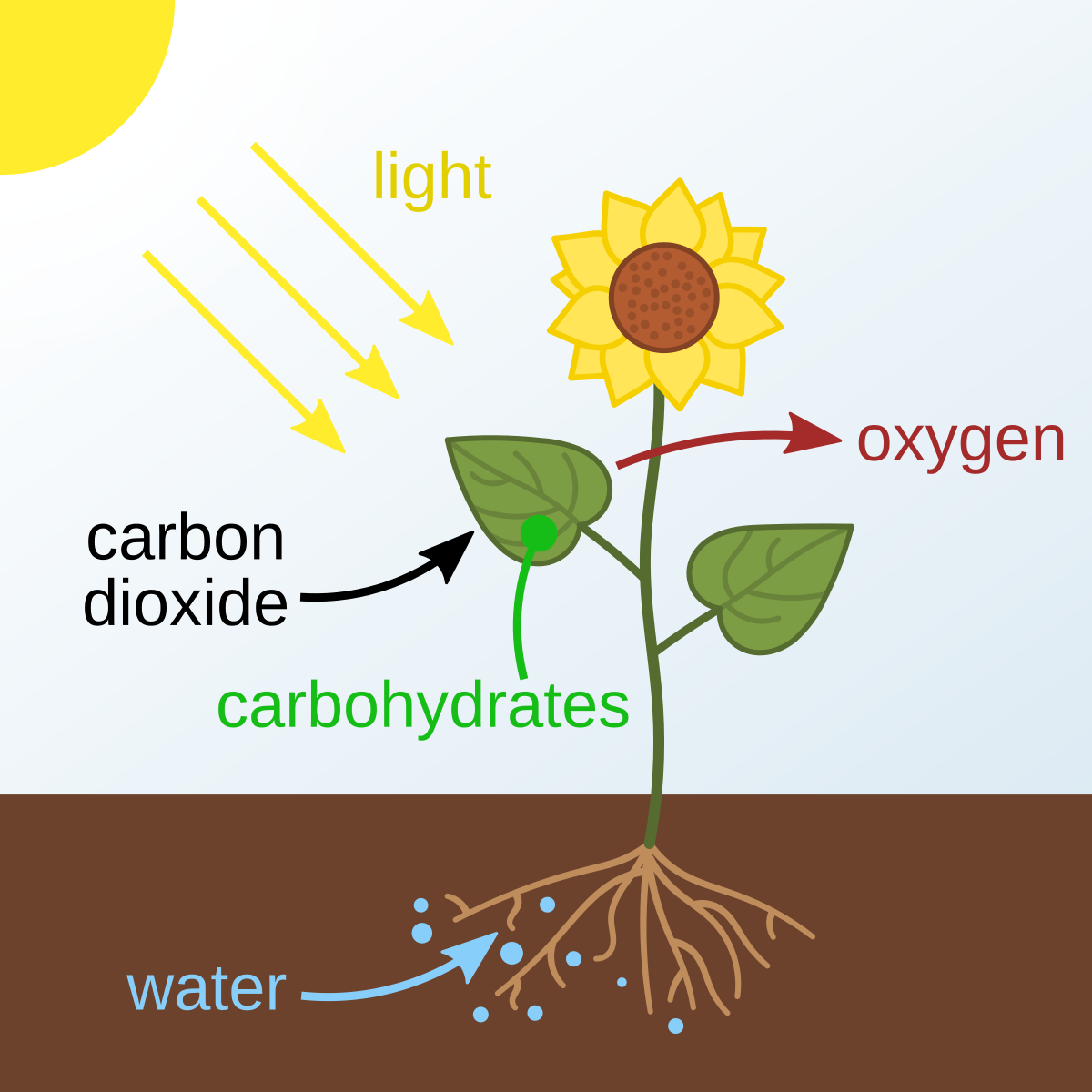
 en.wikipedia.org
en.wikipedia.org
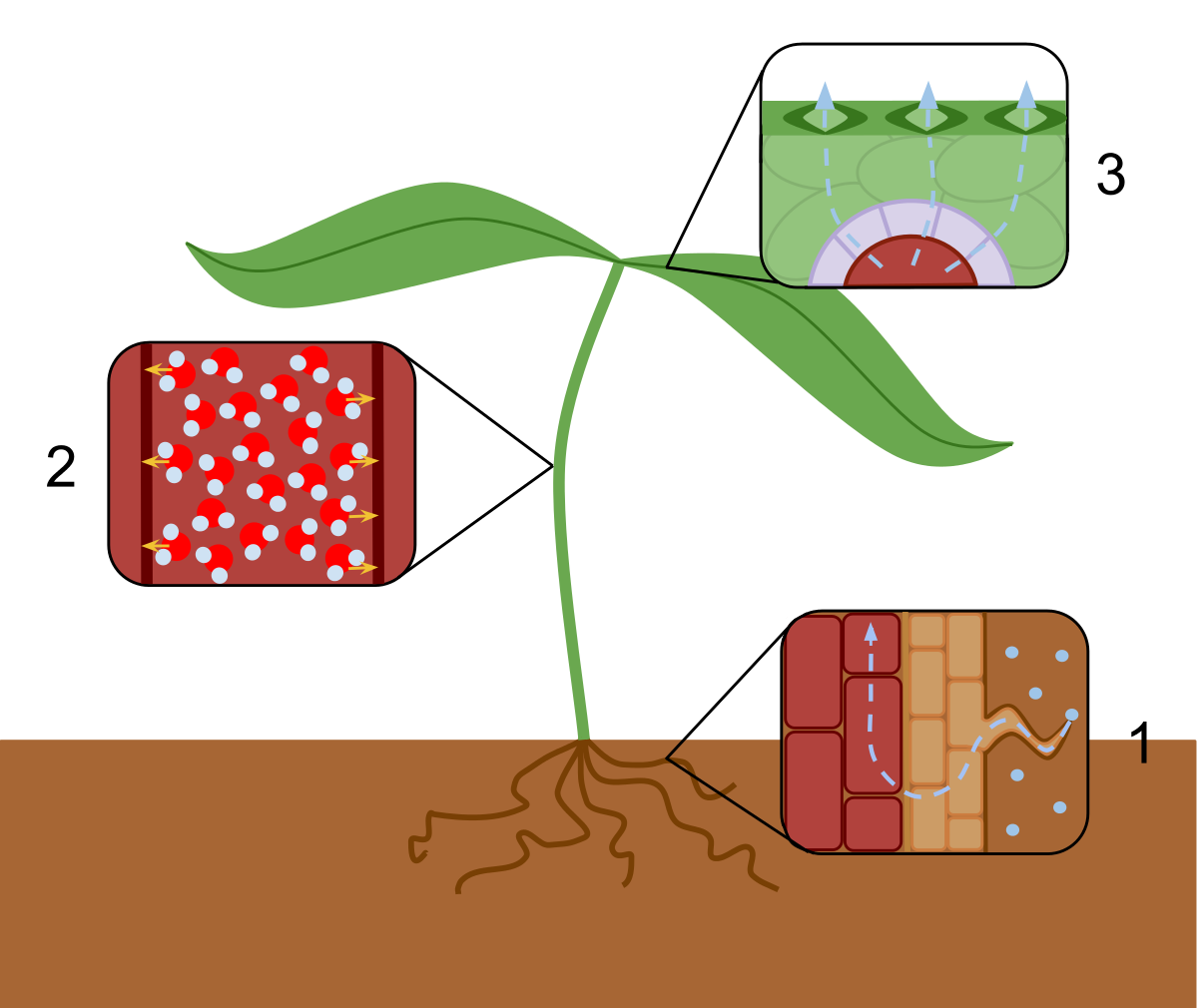
 en.wikipedia.org
en.wikipedia.org
kinda funny. tried tellin ya...I get it! Listen guys, that shit aint funny, im stuck with 980 buckaroos worth of ductaped, 1.4 umol/j supplemental lights.
when I was comparing the wikipedia entries I also stumbled over this (which is lacking in the english article) which you may find interesting:Laks in 470nm. Of course UVA, tiny B, & last but not least 740+nm.
To much green too.
A that artificial green is why i feel many suffer from Defficencies.
Artificial light & Sunlight are progected onto the plant differently no matter what your spectrometer says. And it says big difference.
So till we fill it enough my opinion is they can only receive so much artificial full band (400-700) light w/o cramping up or requiring something i don't understand yet.
Minimizing some green sound about right. Not burple, just minimize.
Theory of course.

 de.wikipedia.org
de.wikipedia.org
 en.wikipedia.org
en.wikipedia.org
it's not about size, but about age. an old plant can take a much higher EC than a young one (*). Therefore a clone, once it has established a new root system, can also take a higher EC, but actually the process of cloning will take the internal plant EC down because we stick them with an open wound right into pure water, so even a clone needs time to readapt to a hiher EC.nah same EC, man, i dont think plant size really matters.
We did this in DM. Grow 1 plant my way and see how it goes, its not like you dont have the space.
good info!it's not about size, but about age. an old plant can take a much higher EC than a young one (*). Therefore a clone, once it has established a new root system, can also take a higher EC, but actually the process of cloning will take the internal plant EC down because we stick them with an open wound right into pure water, so even a clone needs time to readapt to a hiher EC.
But I have to agree, it's quite normal to gradually increase EC as the plant grows bigger (to a certain point) and for maximum yield, I would suggest to do so. Although your plant will still be fine if you just stick to a somewhat mediocre fixed EC.
But what is actually deadly is to do an instant skyrocketing increase in EC like these "water, water, water, big time nutes" technique I occassionaly read on here (like you do with ordinairy household plants that can dwell for more than just one season...)
edit:
or maybe a better way to say it is that with an old plant you got more time to adapt to more nudes...
thanksgood info!
The internal workings of a leaf do not work on conductive and convective heat from air, this is merely part of the leaf budget and you and others with leds need to stop bending science with sheer will.I didn't write transpiration is inefficient, its just that lost water cannot be turned into biomatter anymore - thus, excessive transpiration causes lost opportunities.
And dissolved into that water are minerals - these do NOT evaporate. Ask yourself: what happens if you boil saltwater? Salt remains. The same happens inside a plant --> burned tips/ claws/ yellow toxic buildups, that is, plant tissue is damaged from remaining excessive mineralic content that couldn't been used up because the water was needed for cooling.
I thought it's common practice amongst growers to drive back on nutes if temps get too high. That's the reason why^^ and an add. reason why excessive heat is bad for photosynthesis.
Yes, I do agree, but if photoreceptors are already in a state of too much photonic influx I don't see how additional IR is helping that at all...? It just makes matters more worse.
That's irrelevant. The question in charge is if it's helpful or not under a specific condition.
It's because heat drives chemical reactions/encymatic processes, or, in a broader sense, biological metabolism. Once 25°C are reached, Cannabis is fine and you gain no further profit from additionally transpiring water. Let the water stay in that place where it's needed to form biomatter. Everytime that happens new molecules instantly fill that spot. Over 30°C leave temperatur the rate of photosynthesis will shrink and completely decline at 50°C.
Furthermore, it's common knowledge among growers to keep rH high during vegetation. This is because a high rH will increase the amount of photosynthesis. And it would even be beneficial to have a high rH in flower but mold is too much of a risk. I'm gonna illustrate a few points by citing wikipedia in order to proof these points. (and if you still disbelief that you can just dive into that referenced-article/book/study and do some homework on your own)
The first article isn't available in english but I can translate the important parts easily in your language:
https://de.wikipedia.org/wiki/Wasserhaushalt_der_Pflanzen (Watermanagements_of_plants):
"Weil Pflanzen über die Spaltöffnungen nicht nur transpirieren, sondern auch CO2 aufnehmen...[...]"
"Because plants not only transpire through their stomata, but also take in Co2[...]"
https://de.wikipedia.org/wiki/Wassertransport_in_Pflanzen (Watertransport_in_plants)
" Da Kohlendioxid in der Luft nur in Spuren vorhanden ist (0,037 %), verliert die Pflanze für jedes aufgenommene CO2-Molekül mehrere hundert Wassermoleküle.[5]"
"Because Co2 is only found in traces in air (0,037%) the plant looses several hundred molecules of water just for a single molecule of CO2"
"Jedoch zeigten Pflanzen in Experimenten auch bei 15-fach verringerter Transpiration keine Wachstumsprobleme."
"However even when transpiration is reduced by factor 15 plants won't show any growthproblems in experiments"
"Somit dient die Transpiration wohl nicht in erster Linie dem Transport, sondern ist schlicht unvermeidlich, speziell durch die unumgängliche Aufnahme von Kohlenstoffdioxid.[8] Auch ohne Transpiration existiert ein interner Wasserstrom, der als Ionentransport vollständig ausreicht. Dieser kommt zustande durch den Wurzeldruck, Wachstumswasser und den internen Wasserkreislauf in Phloem und Xylem sowie Guttation in speziellen Fällen. Wachstumswasser ist Wasser, das der Volumenvergrößerung der Pflanze dient"
"Therefore transpiration doesn't serve the transport [of water] in the first place, but is instead simply unavoidable, specially due to the unavoidable takein of CO2.[8] Even without transpiration there exists an inner waterstream, which is enough to transport ions. This transport is realized by the root pressure, growthwater and the inner watercycles in the phloem & xylem as well as guttation in special cases. Growthwater is water which serves the volumeincrease of plants"
In other words, water lost by transpiration is not the same water than the water which plants reserve for photosynthesis.
You can actually read more indepth about these mechanism in your language here

Xylem - Wikipedia
en.wikipedia.org
Long story, i was lied too repeatedly by Scammie/HydroGrow.shouldn't have gave the money to scammie @hybridway2 at one point you defended her a while ago wonder what happened from there
well you did spend almost a grand on blurples so idk her scam worked on uLong story, i was lied too repeatedly by Scammie/HydroGrow.
As for defending her or promoting the product, ill adk you the same i asked everyone else falsely accusing these actions to pls quote me???
Where oh Where did i defend that Nut case?
Thank you! Great info you shared.when I was comparing the wikipedia entries I also stumbled over this (which is lacking in the english article) which you may find interesting:

Photosynthese – Wikipedia
de.wikipedia.org
"Nachdem erkannt wurde, dass die Photosyntheserate mit einer Mischung verschiedener Lichtfarben höher ist als bei Bestrahlung mit monochromatischem Licht (Emerson-Effekt), also eine wechselseitige Beeinflussung gegeben ist, wurde 2009 vorgeschlagen, für die Ermittlung der photosynthetisch aktiven Strahlung die Quantenausbeute von zusätzlichem monochromatischen Licht unterschiedlicher Wellenlängen unter weißer Grundbeleuchtung zu messen. Das führte zur Erkenntnis, dass die photosynthetische Quantenausbeute bei grünem Licht etwa gleich der bei rotem Licht ist und größer als die bei blauem Licht.[82] Praktische Versuche führten bereits 2004 zu schnellerem Pflanzenwachstum und höherer Biomasseausbeute nach Zugabe von grünem Licht (500 bis 600 nm).[83] Zudem kann die Ausrichtung der Blätter (in Richtung der Lichtquelle) mithilfe von Grünlicht aufgrund der Photomorphogenese zu einer höheren Photosyntheserate führen, woraus mehr Biomasse resultiert.[84] "
That paragraph states that the quantum yield regarding photosynthesis of photons in the green spectrum actually matches that of the red spectrum and its greater than that of the blue spectrum. And that even in 2004 practical experiments already showed an increase in biomass when green light in the 500-600nm spectrum was added.
The article also states that there's more than just the 2 phytochrome A & B which are classically known to do photosynthesis, esp. carotinoids which absorb light at a very broad spectrum, and that's not even all of it.
I don't think that the process of photosynthesis is yet completely understood/researched.
And that also plants actually will turn their leaves more towards a lightsource if its containing greenlight and that will also additionally increase biomass because of this:
Photomorphogenesis - Wikipedia
en.wikipedia.org
If you knew the whole story youd better understand. But yes, i did get Scammed but not by means from my thinking the product was superior to anything i own already.well you did spend almost a grand on blurples so idk her scam worked on u
